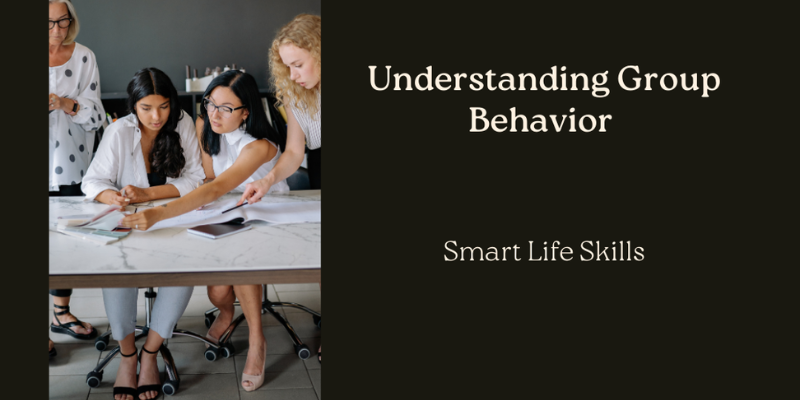Improving English listening skills involves a combination of strategies that include active practice, exposure to different accents, and engagement with various types of audio content. Here are some effective methods:
1.0 Regular Practice
- Listen to English Daily: Incorporate English listening into your daily routine. This can include listening to English music, watching English TV shows, films, or news broadcasts. Regular exposure helps you get accustomed to different pronunciations and speeds of speech (Rost, 2013).
- Use Language Learning Apps: Apps like Duolingo, Babbel, or Rosetta Stone often have listening exercises. These apps provide structured learning paths that gradually increase in difficulty, helping you build your listening skills over time (Godwin-Jones, 2018).
2.0 Active Listening
- Focus on Understanding: Pay close attention to the audio content. Try to understand the context, main ideas, and details. Active listening means being fully engaged with the material, rather than letting it play in the background (Brown & Yule, 1983).
- Take Notes: Jot down key points, unfamiliar words, and phrases to look up later. This practice helps reinforce what you’ve heard and provides a tangible record of your learning progress (Lynch, 1998).
3.0 Variety of Content
- Podcasts and Audiobooks: Choose topics that interest you. This will help you stay engaged and improve your comprehension. Listening to a variety of content ensures that you are exposed to different vocabulary and styles of speaking (Field, 2008).
- Different Accents: Expose yourself to various English accents (American, British, Australian, etc.) to become more adaptable. Understanding different accents will make you a more versatile listener (Goh, 2000).
4.0 Interactive Methods
- Practise with Friends or Language Partners: Engage in conversations with native speakers or other learners. This provides real-time feedback and the opportunity to ask questions and clarify doubts (Richards, 2008).
- Join Language Exchange Communities: Online platforms like Tandem or HelloTalk can connect you with native speakers. These communities offer a chance to practise listening and speaking in a supportive environment (Sauro, 2014).
5.0 Transcripts and Subtitles
- Use Transcripts: Follow along with transcripts while listening to understand the pronunciation and context. This can help you see the connection between spoken and written English (Vandergrift, 2007).
- Watch with Subtitles: Start with subtitles in your native language, then switch to English subtitles, and finally try without subtitles. This gradual transition can help improve your listening comprehension (Danan, 2004).
6.0 Listening Comprehension Exercises
- Online Resources: Websites like ESL Lab, BBC Learning English, and TED Talks provide exercises specifically designed to improve listening skills. These resources often come with questions to test your understanding (Flowerdew & Miller, 2005).
- Dictation Exercises: Listen to short audio clips and write down what you hear. This practice sharpens your listening accuracy and helps you catch details (Ur, 2012).
7.0 Mindful Listening
- Focus on Pronunciation and Intonation: Pay attention to how words are pronounced, and the intonation used in different contexts. Understanding these nuances can significantly improve your comprehension (Gilbert, 2008).
- Repeat and Mimic: Try to repeat sentences exactly as you hear them to improve your pronunciation and listening accuracy. Mimicking helps you internalise the natural rhythms and patterns of speech (Celce-Murcia et al., 2010).
8.0 Consistent Exposure
- Immerse Yourself: Create an English-speaking environment by changing the language settings on your devices, thinking in English, and talking to yourself in English. Immersion helps reinforce what you learn and makes English a part of your daily life (Krashen, 1985).
9.0 Professional Help
- Take Classes: Enrol in listening comprehension classes or workshops. Structured classes can provide targeted practice and feedback (Underwood, 1989).
- Work with a Tutor: A tutor can provide personalised feedback and help you target specific areas of improvement. Tutors can tailor lessons to your specific needs and learning style (Nation & Newton, 2009).
10.0 Repeat and Shadowing
- Practise Repeating: Practise repeating or shadowing the speaker to improve pronunciation, intonation, and fluency. Shadowing involves listening to a segment of audio and then immediately repeating it as closely as possible (Tamai, 2005).
- Mimic Native Speakers: Mimicking native speakers can help you internalise natural rhythms and patterns of speech. This technique helps improve both your listening and speaking skills (Ladefoged & Johnson, 2014).
11.0 Seek Feedback
- Get Suggestions for Improvement: Ask for feedback from teachers, tutors, or language exchange partners on your listening skills. They can provide valuable insights and suggestions for improvement (Rost, 2013).
12.0 Be Patient and Persistent
- Don’t Give Up: Improving listening skills takes time and consistent effort, so be patient with yourself and celebrate your progress along the way. Persistence is key to mastering any new skill (Brown, 2006).
By incorporating these strategies into your routine, you can gradually enhance your English listening skills and become more confident in understanding spoken English. Remember, consistency and practice are crucial to your success.
References:
Brown, G., & Yule, G. (1983) Teaching the Spoken Language. Cambridge University Press.
Brown, H. D. (2006) Principles of Language Learning and Teaching. Pearson Education ESL.
Celce-Murcia, M., Brinton, D. M., & Goodwin, J. M. (2010) Teaching Pronunciation: A Course Book and Reference Guide. Cambridge University Press.
Danan, M. (2004) “Captioning and Subtitling: Undervalued Language Learning Strategies”. Meta: Journal des traducteurs. 49(1), pp. 67-77.
Field, J. (2008) Listening in the Language Classroom. Cambridge University Press.
Flowerdew, J., & Miller, L. (2005) Second Language Listening: Theory and Practice. Cambridge University Press.
Gilbert, J. B. (2008) Teaching Pronunciation: Using the Prosody Pyramid. Cambridge University Press.
Goh, C. M. (2000) “A Cognitive Perspective on Language Learners’ Listening Comprehension Problems”. System. 28(1), pp. 55-75.
Godwin-Jones, R. (2018) “Using Mobile Devices in the Language Classroom: Part of the Cambridge Papers in ELT Series”. Cambridge Papers in ELT.
Krashen, S. D. (1985) The Input Hypothesis: Issues and Implications. Longman.
Ladefoged, P., & Johnson, K. (2014) A Course in Phonetics. Cengage Learning.
Lynch, T. (1998) “Theoretical Perspectives on Listening”. Annual Review of Applied Linguistics. 18, pp. 3-19.
Nation, I. S. P., & Newton, J. (2009) Teaching ESL/EFL Listening and Speaking. Routledge.
Richards, J. C. (2008) Teaching Listening and Speaking: From Theory to Practice. Cambridge University Press.
Rost, M. (2013) Teaching and Researching Listening. Routledge.
Sauro, S. (2014) “Language Learning and Social Media: Introduction to the Special Issue”. Language Learning & Technology. 18(2), pp. 1-3.
Tamai, K. (2005) “The Effectiveness of Shadowing in Improving EFL Learners’ Listening Skills: An Investigation Focusing on Proficiency Levels and Text Forms”. RELC Journal. 36(1), pp. 45-64.
Underwood, M. (1989) Teaching Listening. Longman.
Ur, P. (2012) A Course in English Language Teaching. Cambridge University Press.
Vandergrift, L. (2007) “Recent Developments in Second and Foreign Language Listening Comprehension Research”. Language Teaching. 40(3), pp. 191-210.













